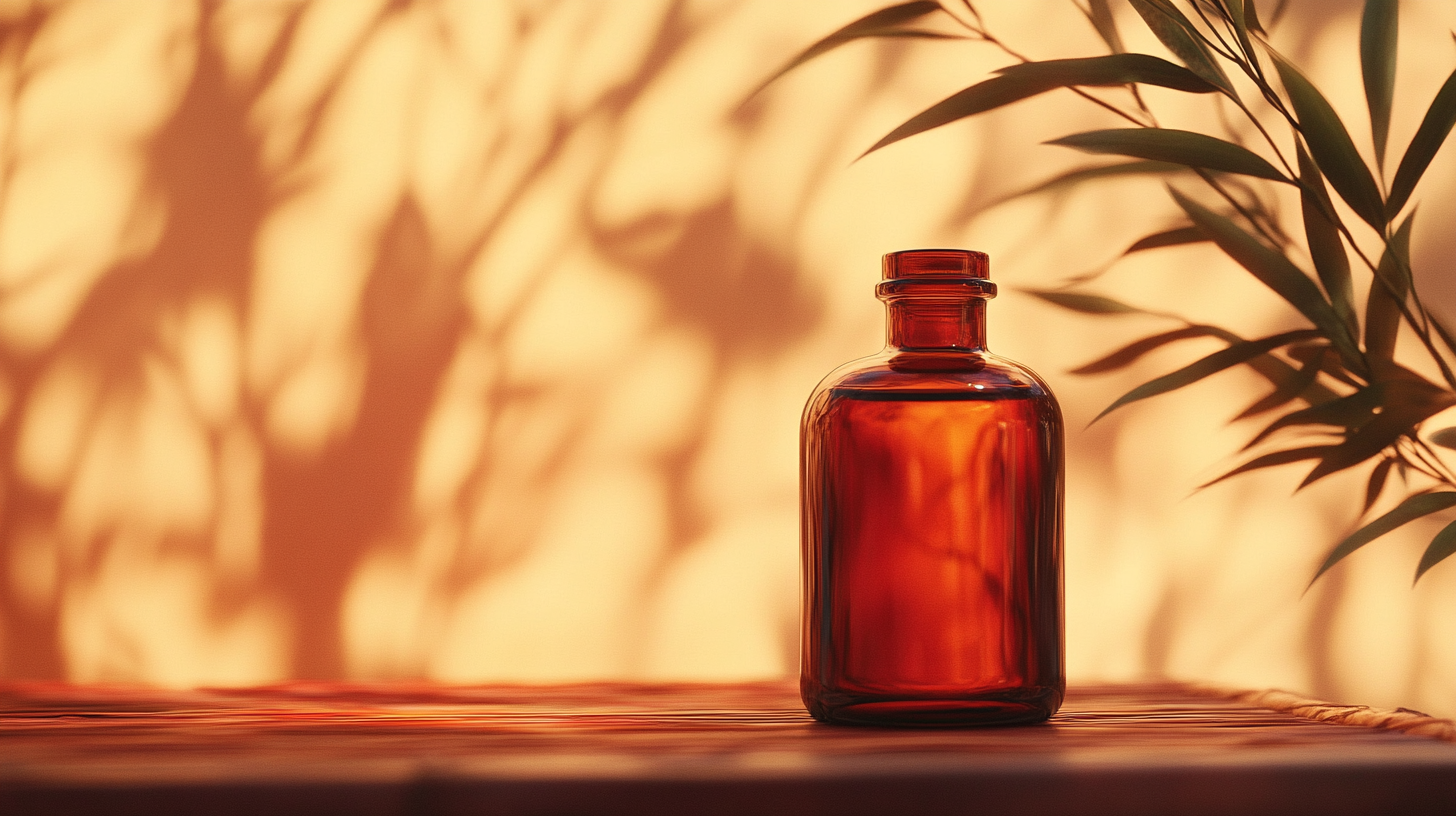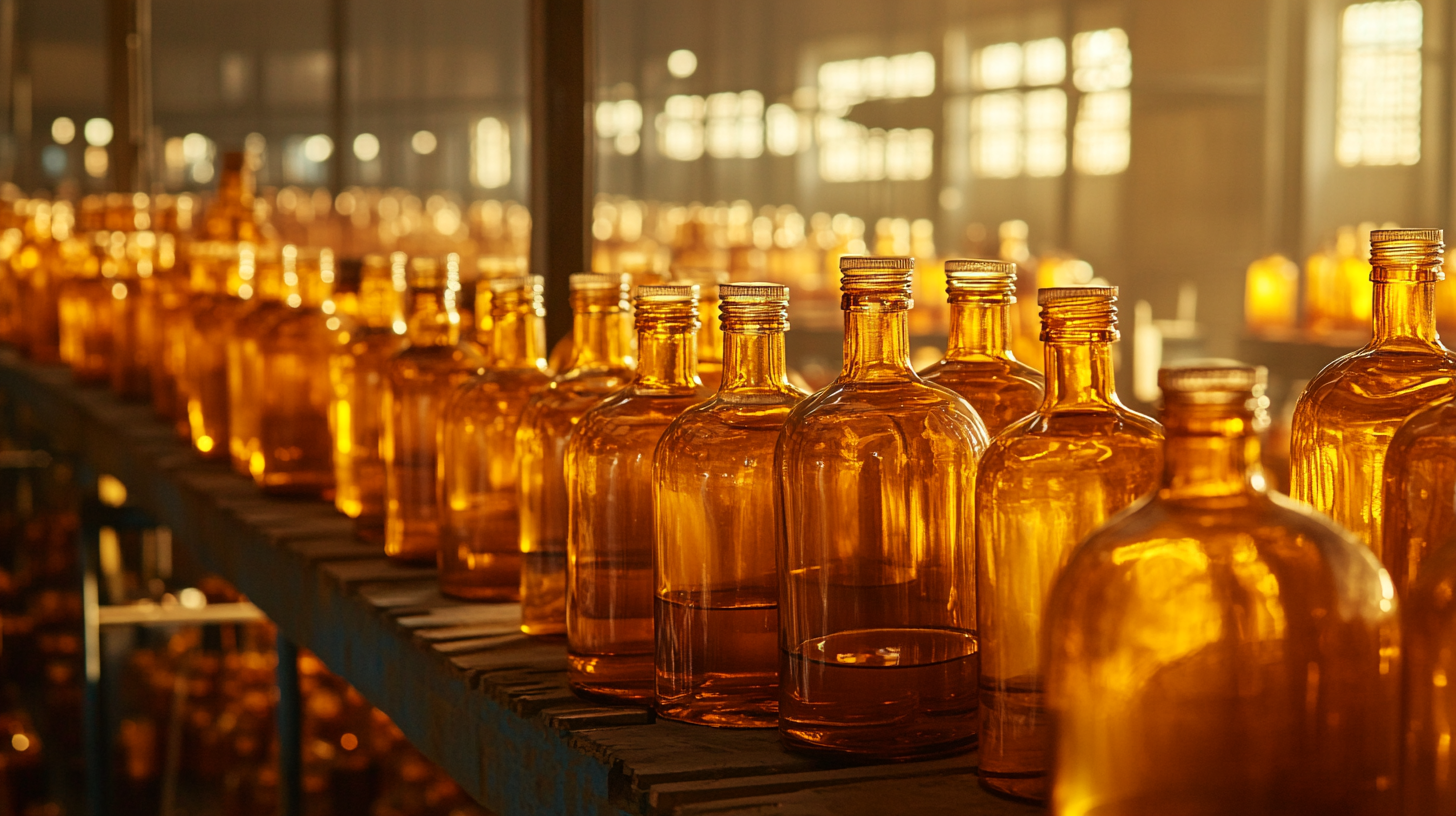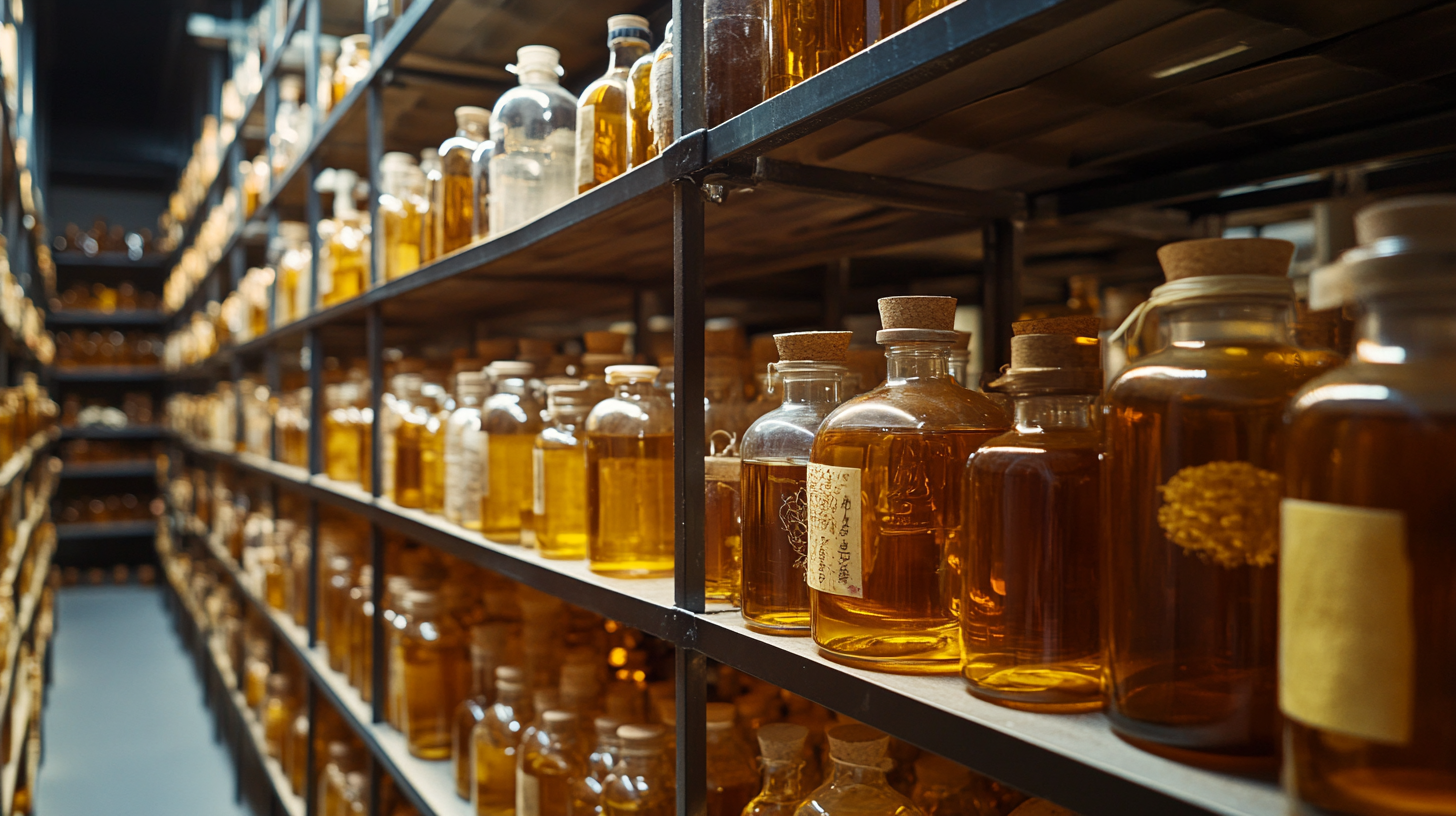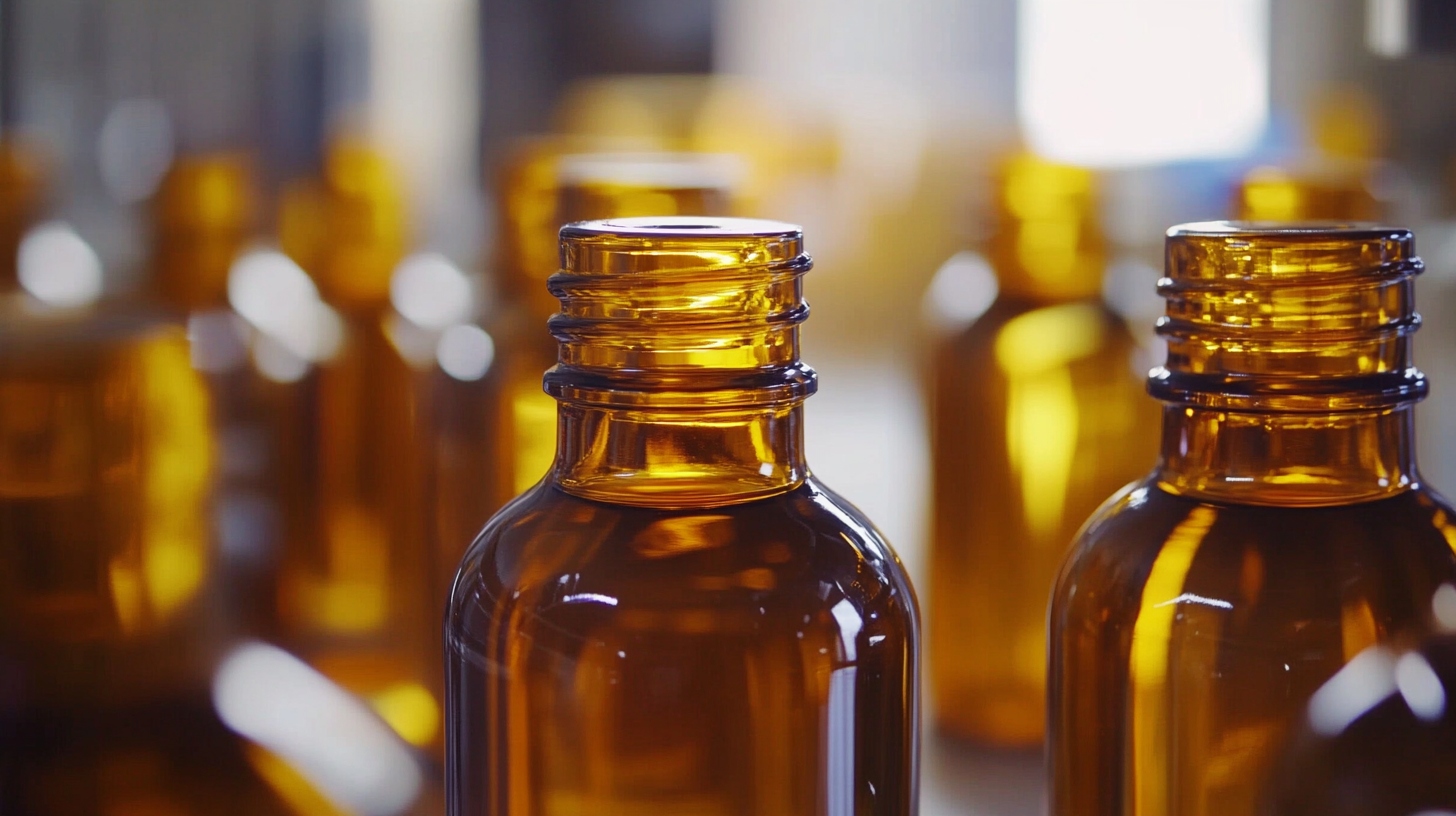Essential Tips for Sourcing Amber Bottles Globally
In the world of packaging, amber bottles have become increasingly popular due to their unique ability to protect contents from harmful UV rays while adding a touch of elegance to the overall design. As businesses strive to ensure the quality and longevity of their products, sourcing these amber bottles globally has emerged as a key strategy. With a myriad of suppliers and manufacturers available, it becomes essential to navigate the global market effectively to find the right partners that meet quality standards and align with business goals.
This blog aims to provide essential tips for sourcing amber bottles internationally, ensuring that you make informed decisions that will benefit your brand. By understanding the factors that influence sourcing, including material quality, supplier reliability, and shipping logistics, you can enhance your procurement process. Join us as we explore crucial insights that will empower your business to successfully source amber bottles, ultimately leading to a flourishing product line and increased customer satisfaction.

Benefits of Using Amber Bottles in Global Sourcing for the Packaging Industry
When it comes to global sourcing for the packaging industry, amber bottles offer substantial benefits that cannot be overlooked. As noted by the International Bottled Water Association, amber glass is particularly effective in protecting sensitive products from harmful UV radiation, making it a popular choice for pharmaceuticals, personal care items, and certain food products. By using amber bottles, companies can reduce spoilage and retain the quality and efficacy of their products, leading to increased customer satisfaction and loyalty. The global amber glass market is projected to grow significantly, with a CAGR of approximately 4.5% from 2021 to 2026, according to a recent report by Mordor Intelligence. This growth is driven by the increasing demand for sustainable and eco-friendly packaging solutions. Amber bottles not only preserve products better but are also recyclable, aligning with the growing consumer preference for environmentally friendly options. Sourcing amber bottles can therefore not only meet safety standards but also appeal to a market that increasingly values sustainability. Furthermore, sourcing amber bottles globally allows packaging companies to leverage competitive pricing and explore various manufacturing capabilities. Countries like China, India, and Mexico have established themselves as major players in the production of glass packaging, making it easier for companies to find reliable suppliers. By tapping into this global supply chain, businesses can optimize their costs and improve the overall efficiency of their sourcing strategies while ensuring they use high-quality materials that enhance their products. As companies navigate the complexities of sourcing, amber bottles stand out as a strategic choice that supports both product integrity and market competitiveness.

Understanding the Global Amber Bottle Market Size and Growth Trends
The global amber bottle market has been experiencing steady growth, driven by increasing demand for eco-friendly packaging solutions and rising awareness of product preservation. Amber bottles are particularly favored in industries such as pharmaceuticals, cosmetics, and food and beverages, as they effectively protect sensitive contents from harmful UV light. As consumers become more conscious of sustainable practices, manufacturers are prioritizing materials that not only enhance product quality but also align with environmental goals. This shift is propelling growth in the amber bottle sector, making it essential for businesses to stay informed about market dynamics.
Emerging markets across Asia and Latin America are contributing significantly to the expansion of the amber bottle market. These regions are witnessing a surge in consumer demand for natural and organic products, further boosting the need for protective packaging solutions. Additionally, advancements in manufacturing technologies are enabling suppliers to produce high-quality amber bottles at competitive prices, making them accessible to a wider range of businesses. As companies increasingly seek to establish a global presence, understanding the intricate details of regional market trends will be crucial for effective sourcing and procurement strategies.
Investors and manufacturers should also be aware of the evolving regulations relating to packaging standards and sustainability that are shaping the amber bottle market. Staying attuned to these regulations not only influences sourcing decisions but also impacts long-term business viability. By comprehensively analyzing market size, growth trends, and regional nuances, stakeholders can effectively navigate the amber bottle landscape, ensuring they leverage opportunities for growth and expansion in this dynamic sector.

Key Factors to Consider When Sourcing Amber Bottles from International Suppliers
When sourcing amber bottles from international suppliers, several key factors must be taken into consideration to ensure a successful procurement process. First and foremost, quality control is paramount. Amber glass offers superior protection against UV light, which is crucial for preserving the integrity of products like essential oils, pharmaceuticals, and cosmetics. It's vital to evaluate the supplier's manufacturing processes and quality assurance practices. Request samples to assess the glass thickness, finish, and overall craftsmanship to determine if they meet your standards.
Another important factor is compliance with international regulations. Different regions have varying standards for packaging materials, particularly those that come into contact with consumables. Ensure the amber bottles conform to safety regulations relevant to your target market. Certifications such as FDA approval for food-grade materials or compliance with EU packaging directives can be significant in maintaining your brand's reputation and avoiding legal pitfalls.
Cost-effectiveness also plays a critical role in your sourcing strategy. While it may be tempting to go for the lowest price, consider the total cost of ownership, which includes shipping, customs duties, and potential delays. Establishing a good relationship with your supplier can lead to better negotiable terms and improved service, which can ultimately save money in the long run. Look for suppliers that offer flexible options for order sizes, which can help manage cash flow while ensuring you have the necessary stock to meet demand.

Sustainability and Eco-friendliness in Amber Bottle Production
The production of amber bottles is increasingly embracing sustainability and eco-friendliness, reflecting the growing consumer demand for environmentally responsible packaging solutions. As businesses seek to minimize their ecological footprint, manufacturers are adopting innovative practices in sourcing materials and crafting products. One significant aspect of this shift is the use of recycled glass in amber bottle manufacturing. By incorporating recycled content, producers not only reduce the reliance on virgin materials but also conserve energy during the production process, ultimately leading to lower carbon emissions.
In addition to using recycled glass, many amber bottle manufacturers are exploring renewable energy sources to power their operations. Solar and wind energy are being integrated into production plants, significantly diminishing the environmental impact. Furthermore, sustainable sourcing of raw materials is becoming a priority, with companies actively seeking to work with suppliers who adhere to eco-friendly practices. This commitment extends to the transportation of materials and finished products, where logistical strategies are optimized to minimize carbon footprints.
Beyond production methods, the design of amber bottles is also evolving towards sustainability. Many brands are now prioritizing durability and reusability, encouraging consumers to repurpose bottles after their initial use. This approach not only fosters a circular economy but also raises awareness about the importance of reducing waste. By focusing on sustainability in amber bottle production, the industry is not just responding to consumer preferences but is also contributing to a healthier planet.
Navigating Quality Standards and Regulations for Imported Amber Bottles
When sourcing amber bottles globally, understanding the quality standards and regulations associated with imported goods is crucial for ensuring compliance and product integrity. The global packaging industry is projected to reach a value of $1 trillion by 2027, driven by the increasing demand for sustainable and aesthetically pleasing materials. Amber bottles, known for their ability to protect sensitive contents from UV damage, are particularly popular in sectors such as pharmaceuticals, cosmetics, and food and beverage. According to a 2021 market analysis by Grand View Research, the global glass packaging market is expected to witness a CAGR of 4.6% from 2022 to 2030, emphasizing the rising significance of high-quality glass containers like amber bottles.
Navigating the regulatory landscape can be complex, as different regions implement varying standards for imported packaging. For example, the FDA in the United States mandates that any packaging coming into contact with food must be made of materials deemed safe. Furthermore, the European Union's Packaging and Packaging Waste Directive imposes guidelines that manufacturers must adhere to, ensuring that packaging is not only functional but also sustainable. Importers should familiarize themselves with these guidelines, as non-compliance can result in costly penalties and shipment delays.
Quality assurance is another critical aspect when sourcing amber bottles. Third-party testing companies like SGS offer services that help verify compliance with international standards such as ISO 9001, which focuses on quality management systems. Ensuring that your suppliers are certified can mitigate risks associated with poor-quality packaging, as a study by Smithers Pira indicates that 70% of product recalls are attributed to packaging failures. By prioritizing quality standards and regulations, businesses can secure reliable sources of amber bottles that enhance their product offerings while maintaining consumer trust.

